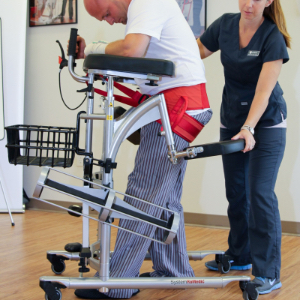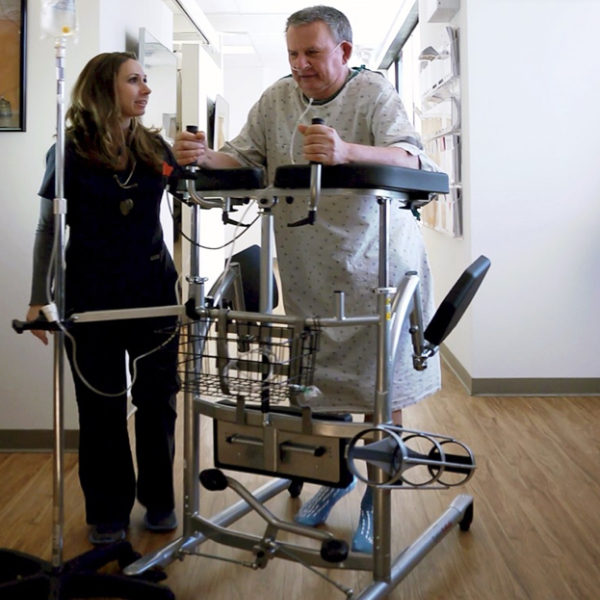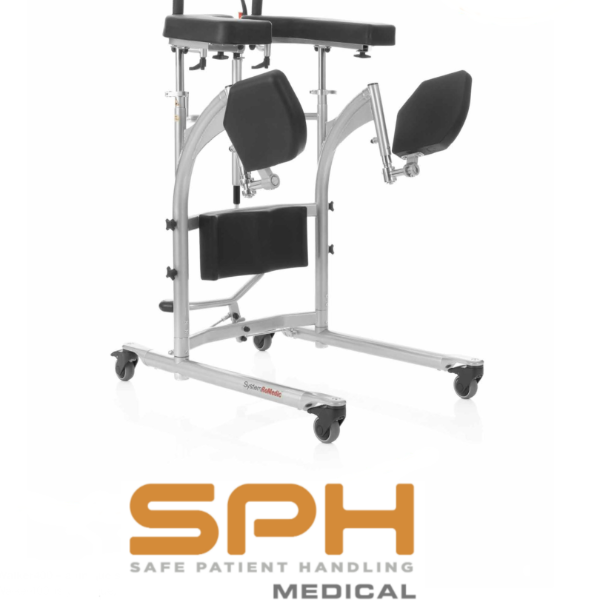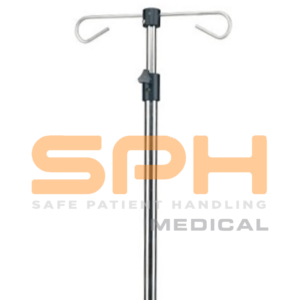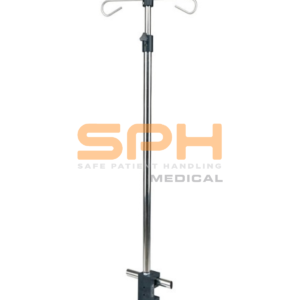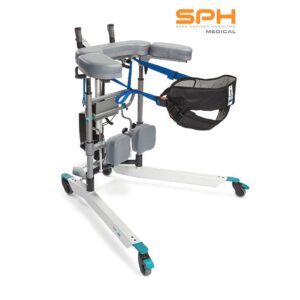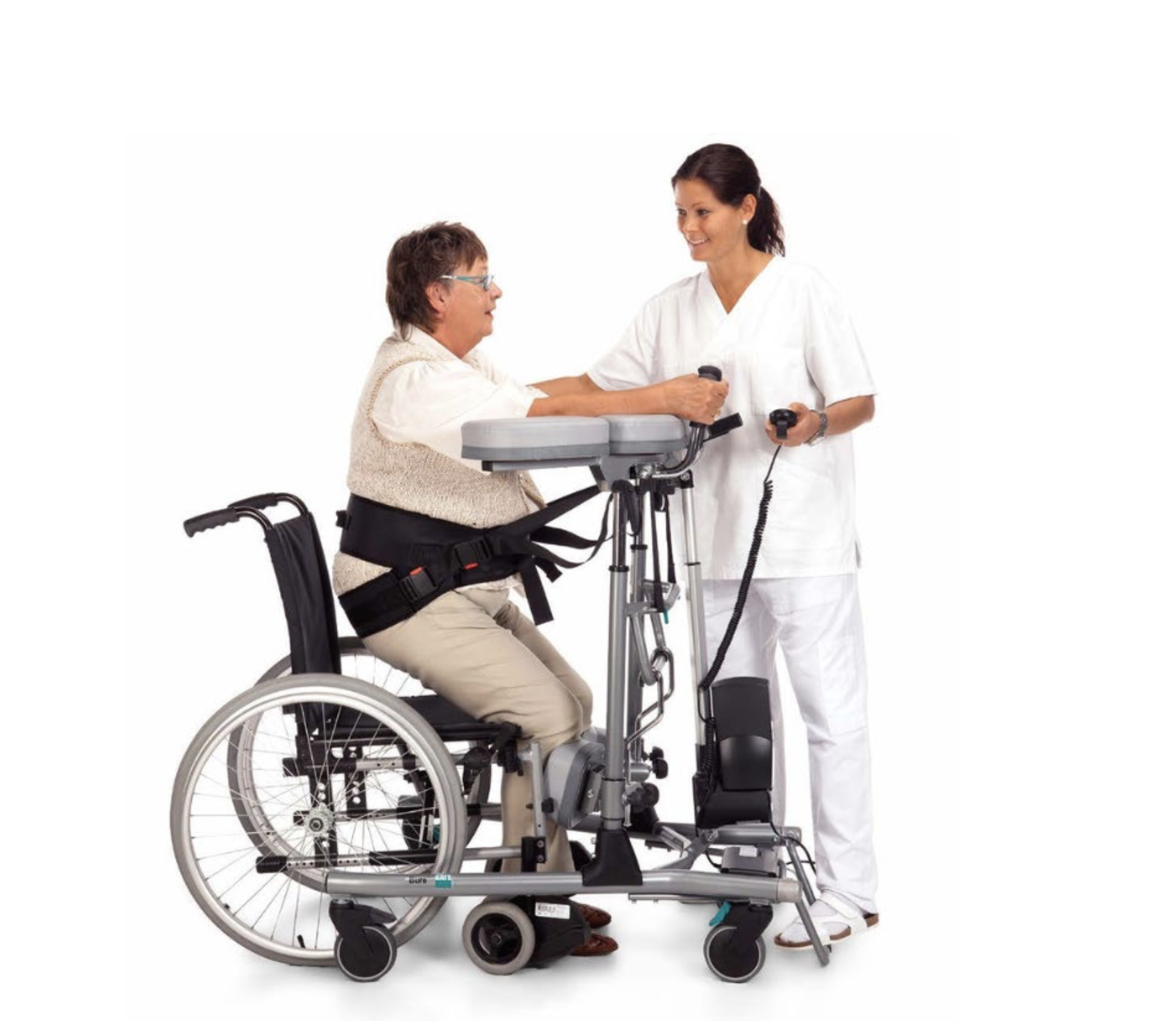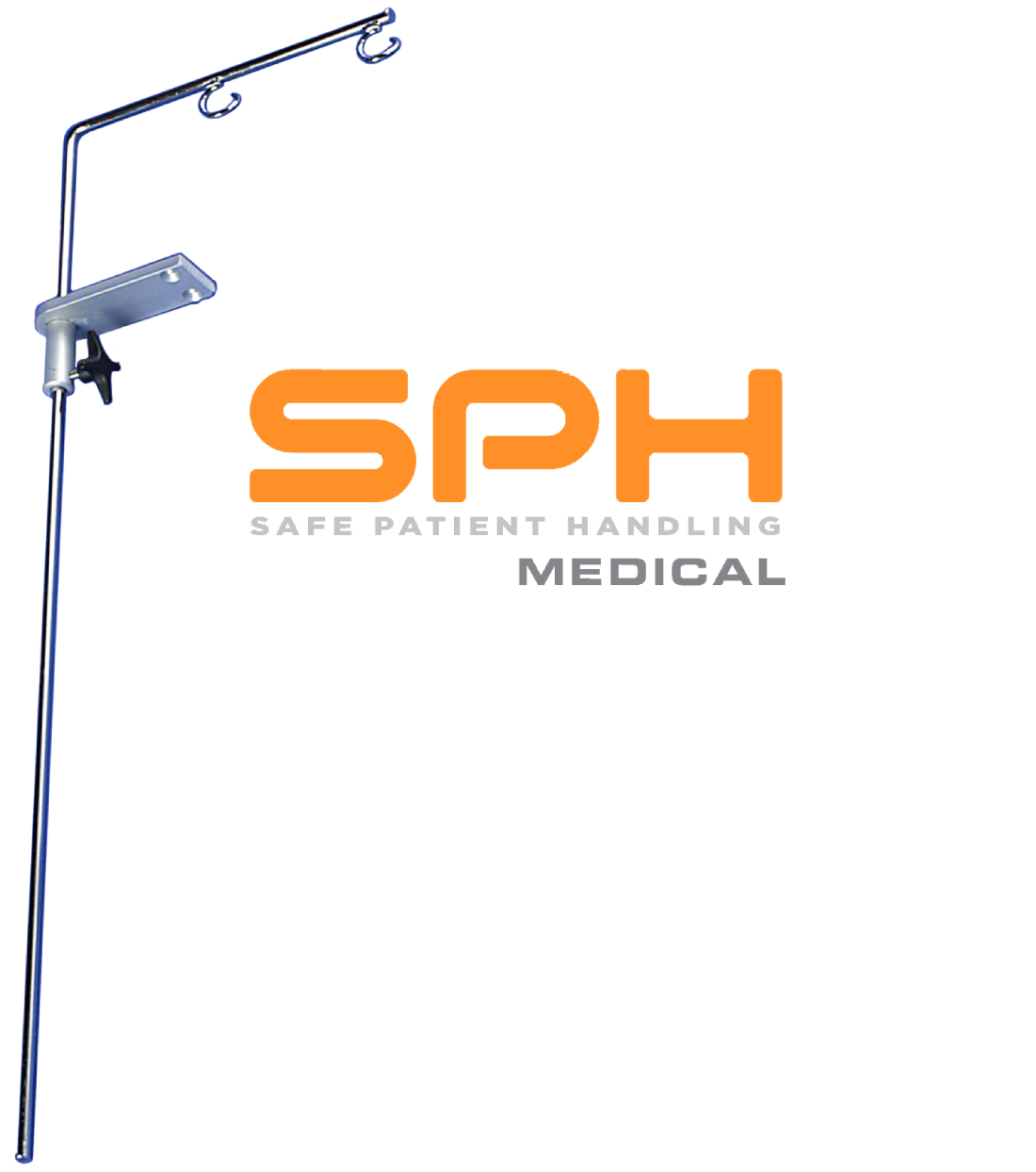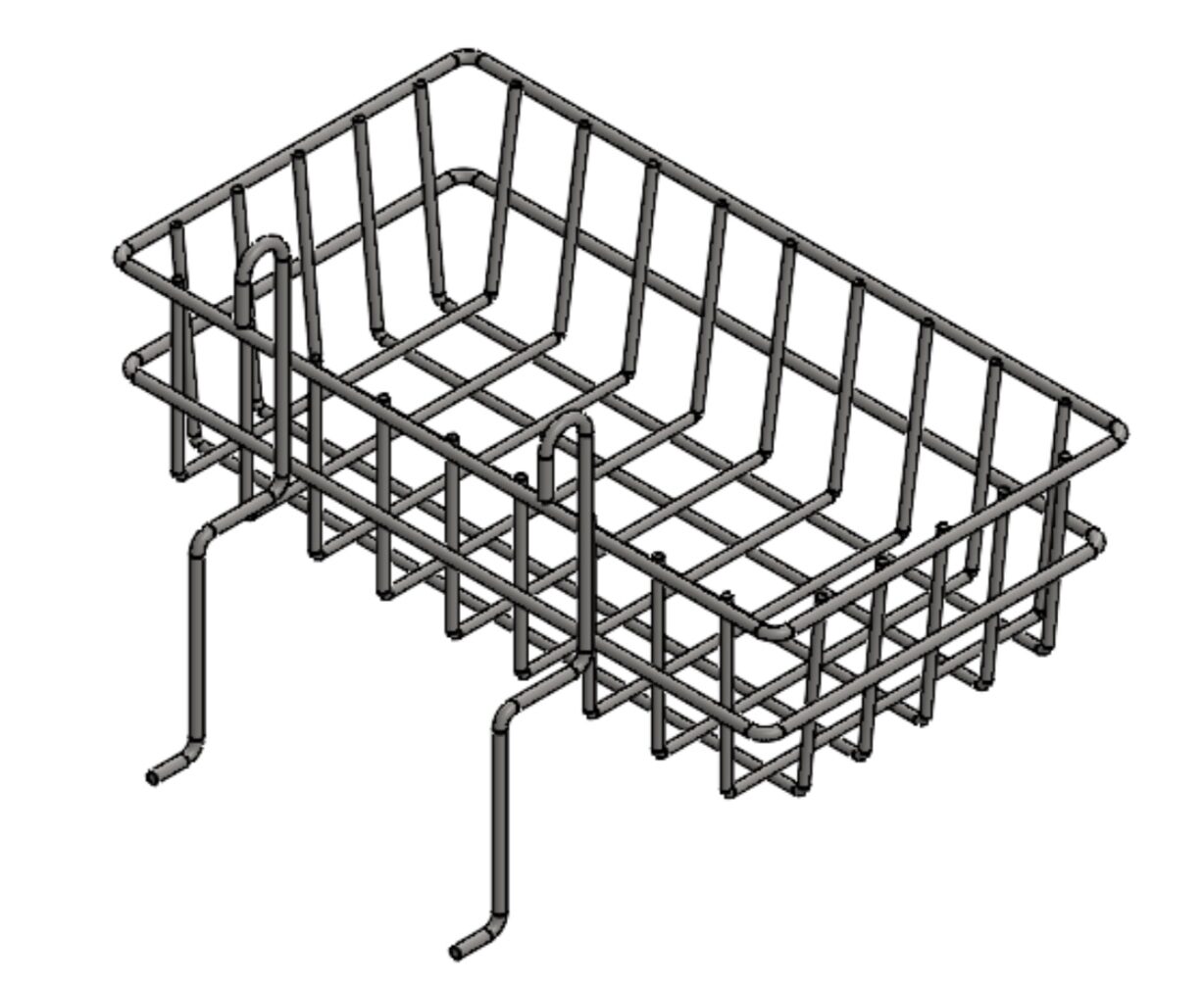Description
Improve Patient Safety During Walking
Patients who are getting out of bed for the first time feel confident and secure using the SPH Medical walker. Low functioning patients can be assisted using our ambulation belt and or a standard gait belt to move from sitting to standing. We train staff to use the RoWalker at bedside or enabling a patient to take a few steps into the RoWalker. Once the height is adjusted and the seat flaps are down, a patient can take fist steps and regain strength and confidence. The hand grips and padded table provide the needed support for the upper body.
The initial design of the RoWalker was focused on post cardiac/abdominal surgery patients but we soon realized that many other patient care areas are walking patients too! The RoWalker is now the gold standard of early patient mobility devices and is being used in ICU’s, Med Surg, Ortho, Rehab, and many other departments in leading hospitals across the country. The RoWalker carries all of the equipment needed to support a complex patient and enables safe ambulation with fewer staff members. One of these key features are the seat flaps which allow staff to prevent falls, provide the opportunity to rest, and encourage patients to take additional steps.
Use RoWalker as a Mobile Standing Frame
The SPH Medical RoWalker can be used as a mobile standing frame at bedside or anywhere in the facility!
The Seat pads make the difference!
Seat pads offer a comfortable resting location and fall prevention The SPH Medical RoWalker offers a unique and very practical feature; the built in split seat pads which provide for comfortable resting as well as for extra security for users with weak legs. To facilitate the transfer into and out from the walker, the seat pads can be swung away and folded up to the sides of the walker.
Adjustable Settings for Individual Adaptation
Several adjustable settings ensure the perfect fit for every user. The height of the soft and comfortable armrests is conveniently adjusted using the lever easily accessible next to one of the handlebars. The angle of the armrests and the handlebars is individually adjustable to enable optimal comfort and ergonomics. Locking handles secure the appropriate height and angle of the armrests. The base-width can be adjusted using the foot pedal on the caregiver’s side of the walker.
The RoWalker Fits Anywhere
With a small footprint the RoWalker can fit in any patient room. We have brakes on the front side and directional locking castors on the back wheels to allow the RoWalker to track in a straight line when walking down the hall. We recommend locking the front wheels when entering or exiting the RoWalker or during sit-to-stand and when the patient is resting or seated.
- Designed to be safe for both staff and patients the RoWalker is easy to use
- Provides excellent support for walking and standing training
- For early mobilization
- The seat flaps offer safety and the opportunity to rest and challenge patients to take more steps
- Height adjustable to handle short to very tall patients
- Padded forearm supports can be adjusted to fit your patient
- The Soft knee pads offer support during standing and protection during walking
- Width adjustable base allows the RoWalker to access chairs and wheelchairs
- Small and convenient, easy to maneuver
- Directional wheel locks on the rear castors facilitate straight walking
- Brakes on the front wheels lock and unlock easily
- Multiple attachment options for Oxygen tanks
Accessories:
Based upon feedback from Nursing, Therapy and Respiratory staff we built the RoWalker with integrated features such as:
- oxygen tank
- drainage bags
- telescoping IV pole
- customized basket to support cardiac monitors

